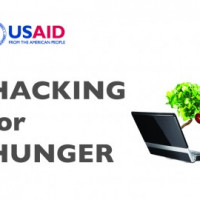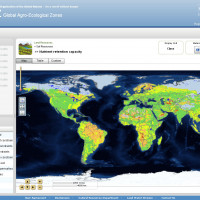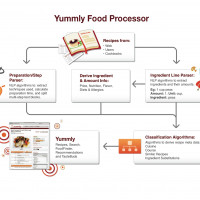The Food and Agriculture Organization of the United Nations (FAO) has recently released a new resource that will make its agricultural development strategy a whole lot easier.
The Agricultural Development Assistance Mapping (ADAM) tool is a platform that gathers information from diverse databases about agricultural development needs, objectives, in-country activities, and funding modalities, and aggregates the data to generate customizable maps, matrices and charts.
ADAM’s data about funding resources is what drives the tool. Users can compare information about funding allocation from different resource partners (such as donor countries and other UN agencies) to the FAO’s financing commitments, so they can easily determine the comparative advantage. They can also view resource partner profiles detailing each organization’s overall objectives, focused program areas and relevant information about funding and decision makers.
All of these options should make it easier for the FAO to explore and prioritize future country-level partnerships. And although much of the information targets FAO-affiliated users, the ADAM could potentially serve as a database for development organizations to find the best resources for needs assessments and funding.
Its default “ADAM view” displays four panels with global data on financing, resource partners, agricultural budgets and sectors.
This lets users quickly identify a country or region’s most pressing agricultural needs and the best opportunities for programs in terms of sub-sector and availability of funds.
The tool also allows users to view changes over time, and export data to spreadsheets and PDF reports.

The ADAM tool was created to facilitate development assistance functionality, coordination and response, and with its extensive customization and sharing capabilities, it will likely do just that.






